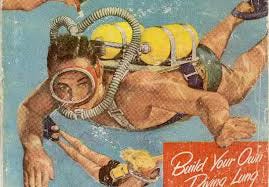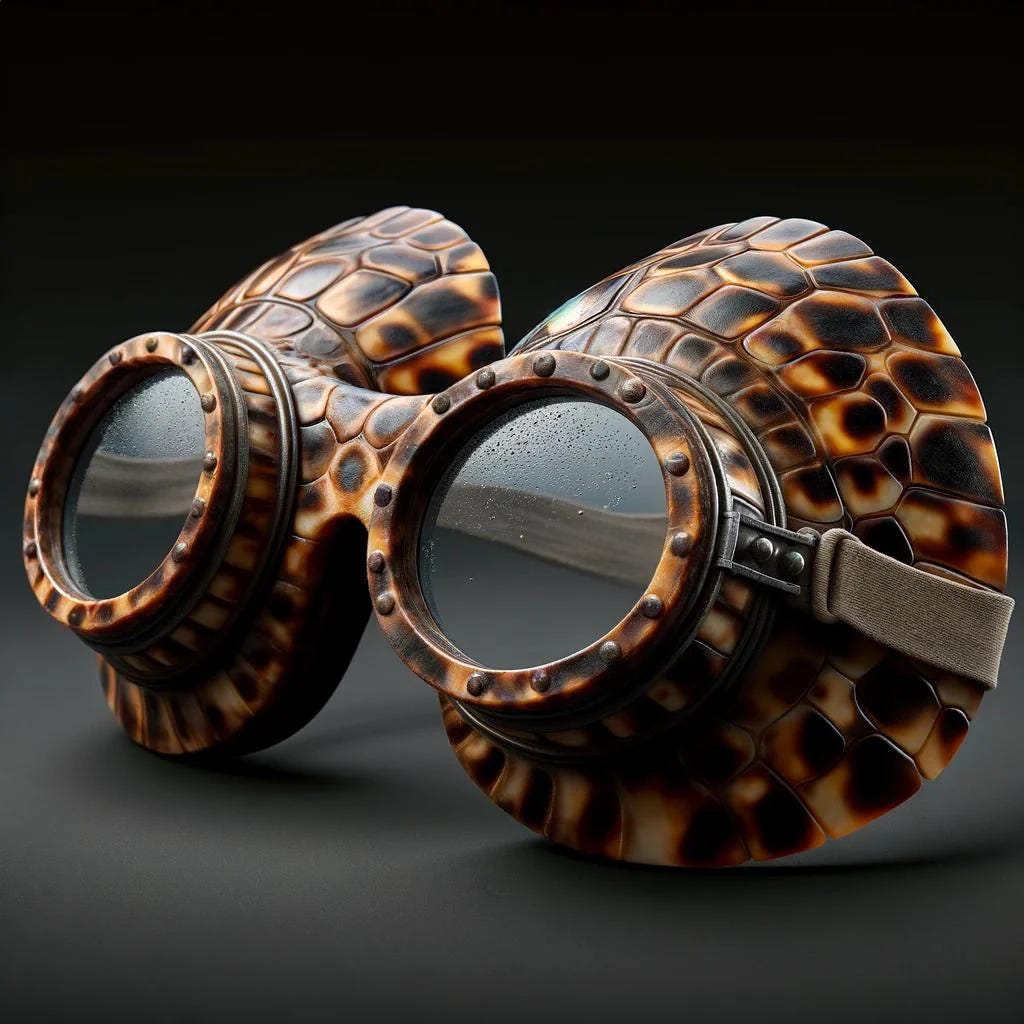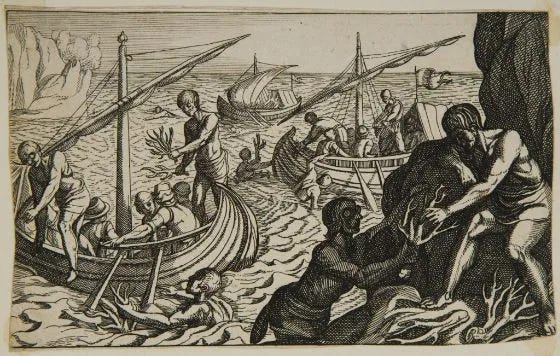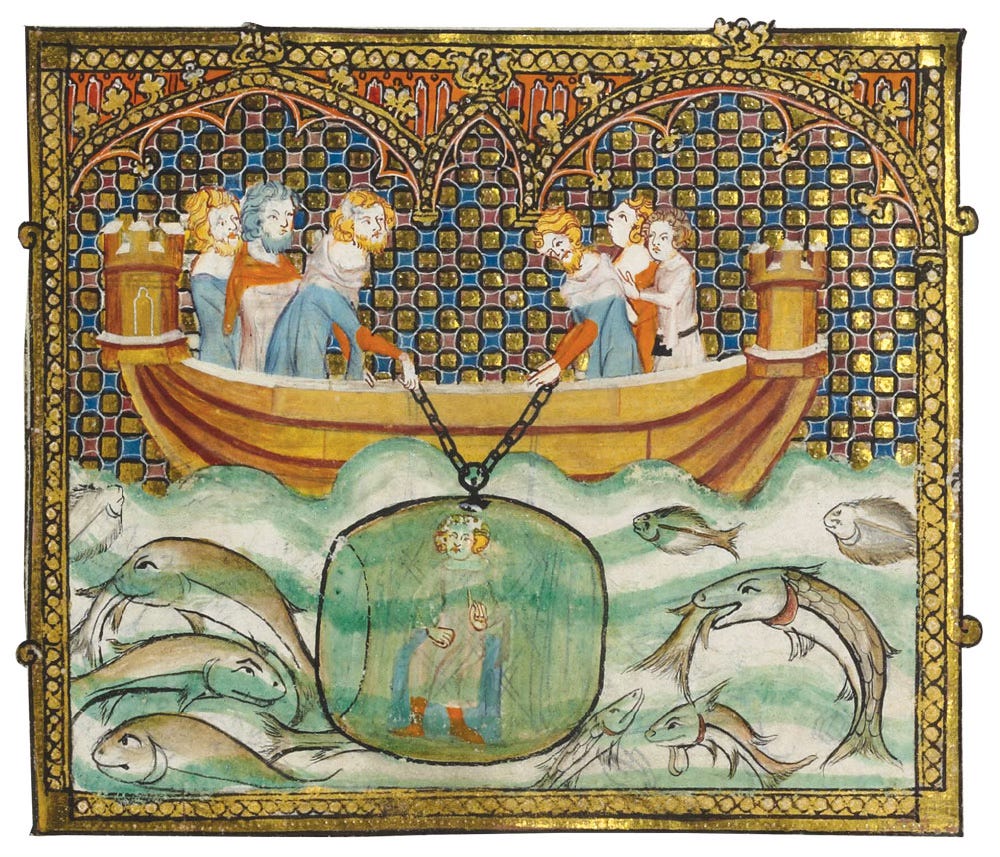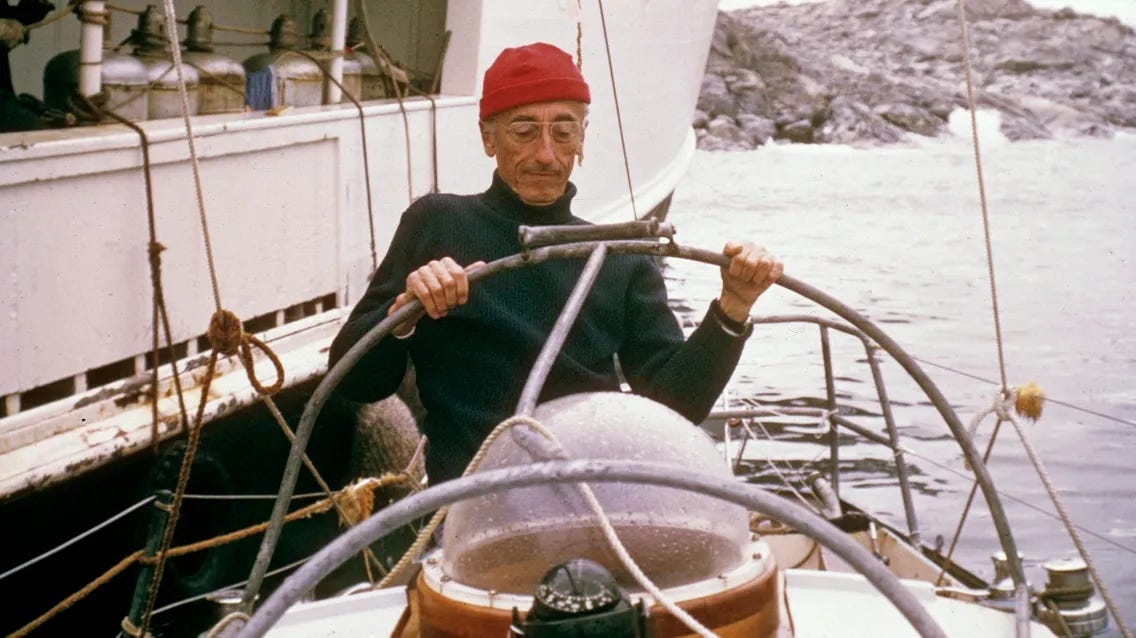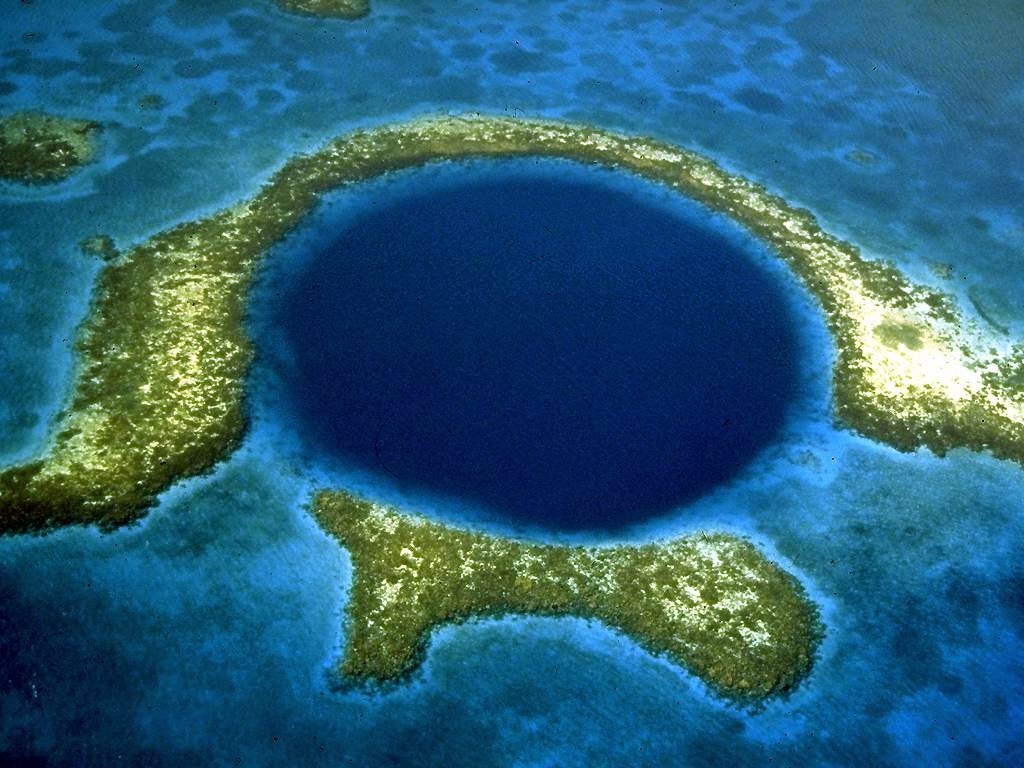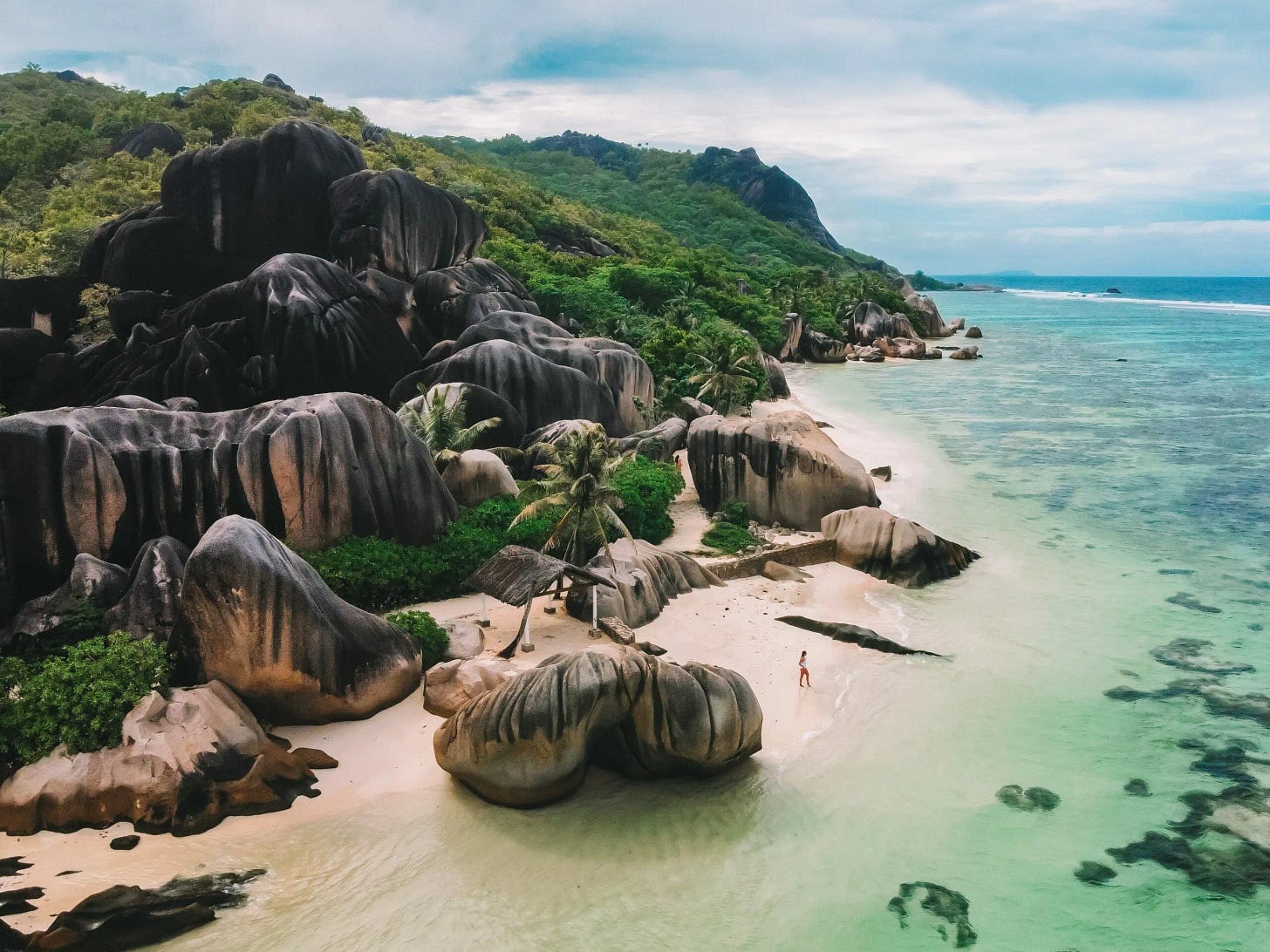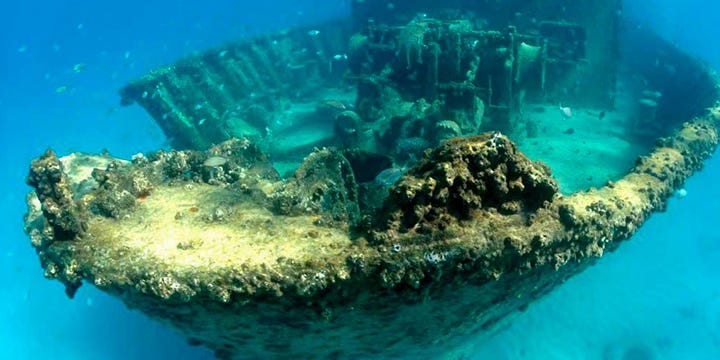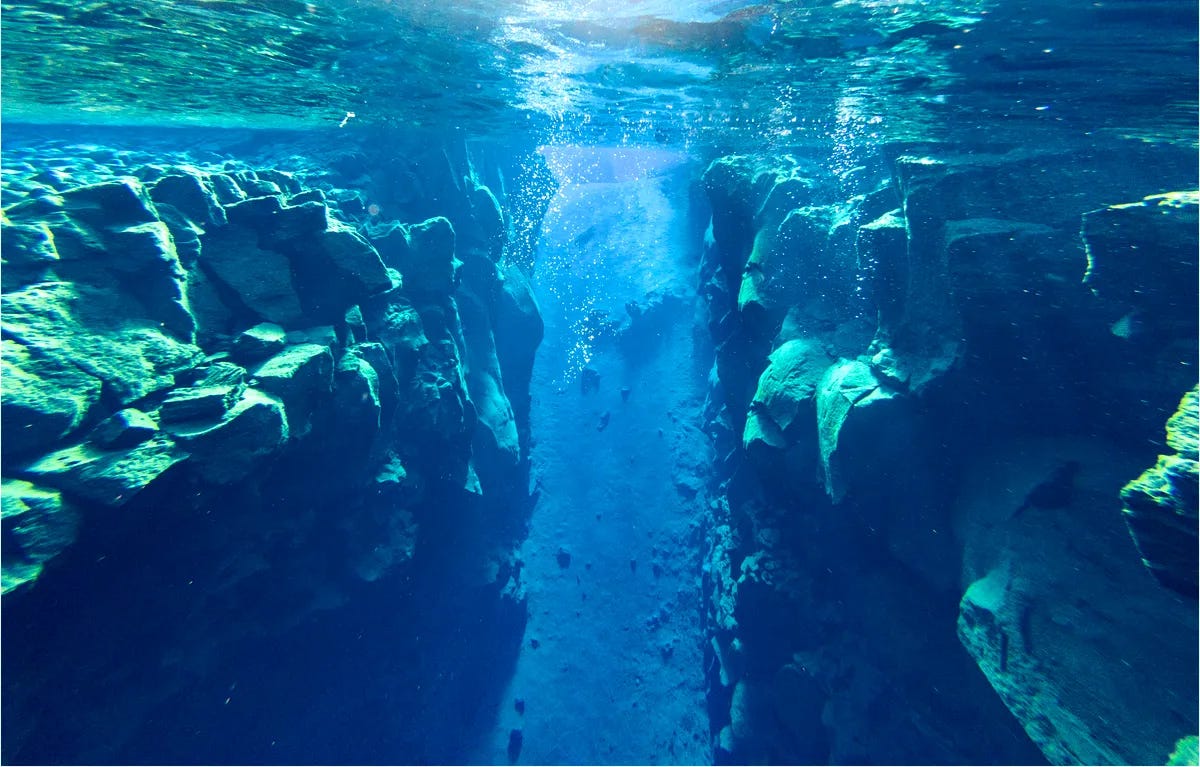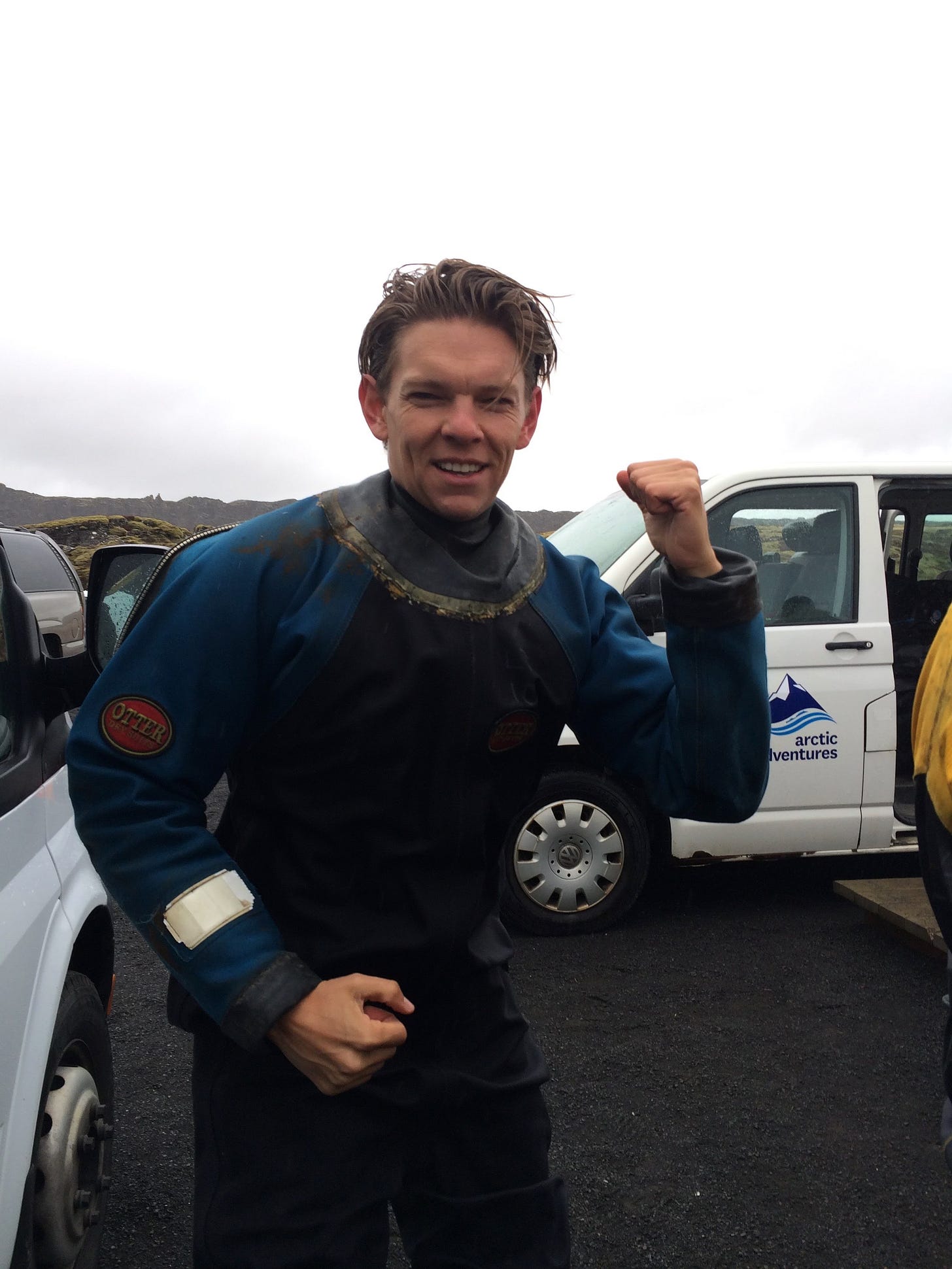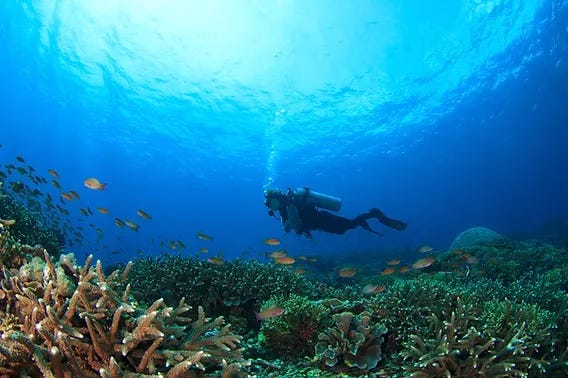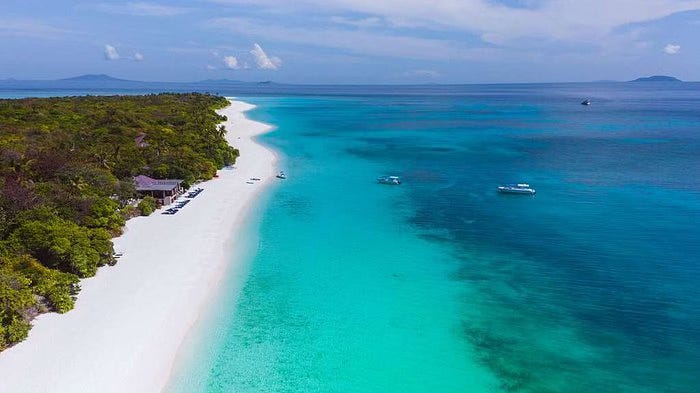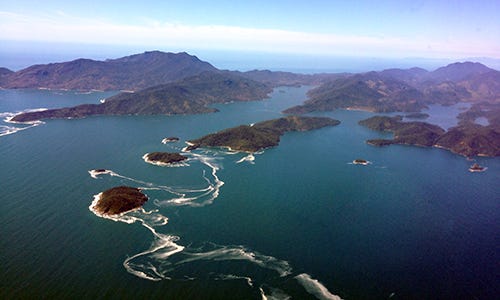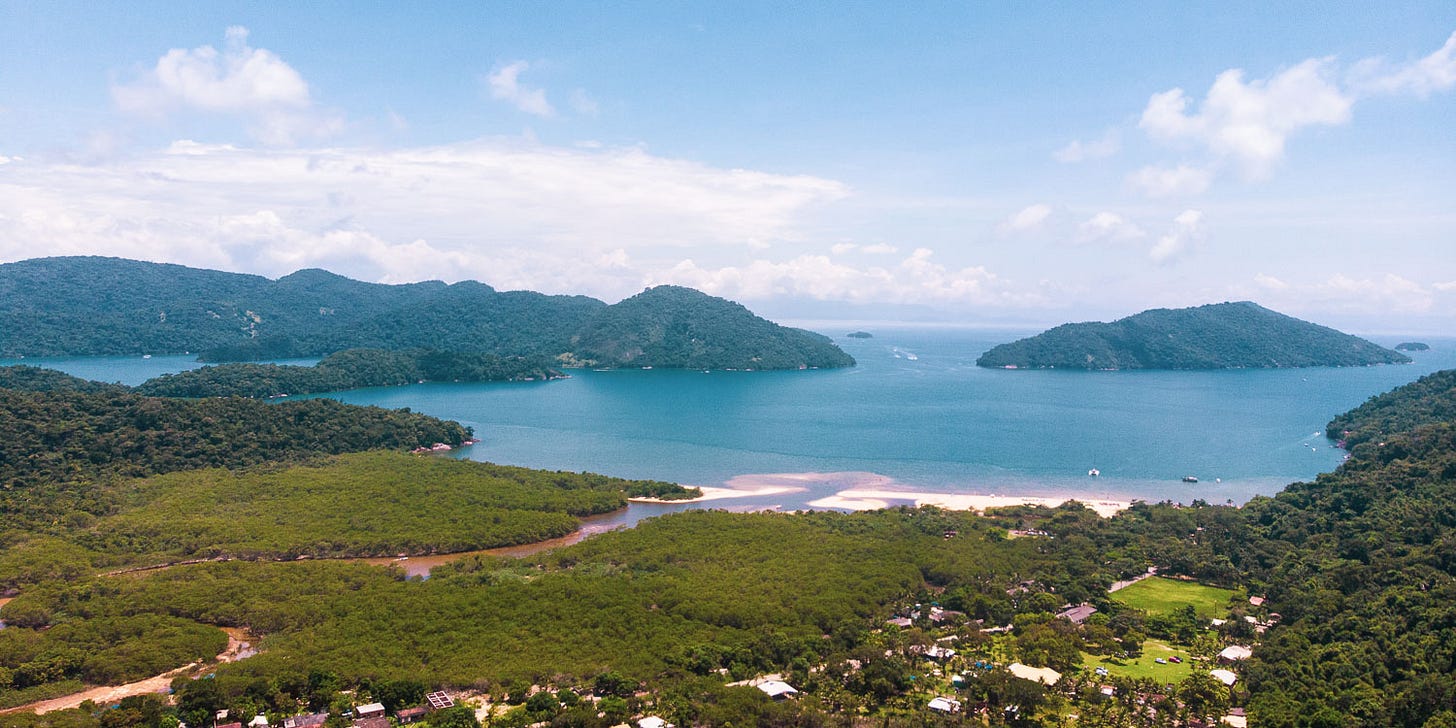Are you for scuba?
It all started with hollow reeds to breathe air underwater.
By the 1300s the Persians had invented goggles to see underwater using thinly sliced and polished tortoise shells.
And then in the 16th century barrels were used as diving bells to keep divers under the great waters – but only just for a moment. Since then various scientists and inventors (including Harry Houdini the famed magician and escape artist) worked on devices and diving suits to facilitate a way of breathing or just being submerged.
“In my view, a great diving experience is one that taps into our innate desire to explore,” says Tom Marchant, co-founder of travel company Black Tomato. “It's a form of travel that can still generate the feeling of being a pioneer and knowing that you are experiencing something that few have on the planet; an increasingly hard thing to do today,” he continues. The very idea of going under water, into the magic of the biggest bluest ocean, is a human desire that was to be fulfilled no matter what. It must be something to do with being gravity free, naturally.
But it really was the French naval officer, explorer, conservationist, filmmaker, innovator, scientist, photographer, author and researcher Jacques Cousteau that made the whole affair sexy and of course, possible. In fact during the 1940s, Cousteau is credited with improving the aqualung design, which then ultimately gave birth to the open-circuit scuba technology that is in use today.
Cousteau, who’s legacy includes more than 120 television documentaries, more than 50 books, and an environmental protection foundation with 300,000 members, brought a certain ease to scuba diving and in turn permitted millions of people throughout the world to explore the resources of the ocean. People like the One & Only Reethi Rah’s resident marine biologist, Kylie Merritt, are eager to advocate what Cousteau believed in. “The privilege of diving and the access to rare sites is only possible with an awareness of ecosystem health and the importance of protecting these unique environments,” she says. “The Maldives is an exclusive diving destination considering that since local authorities decided to protect reefs in general, their corals, giant animals, clams, hump-head wrasse, turtles, all rays, reef sharks and whale sharks, more than 20 years ago. Now all sharks are protected and export of shark products is prohibited as of 5 years ago,” she continues.
And so one of the areas that Cousteau promoted, for example, conservation reasons was the diverse marine ecosystem of Belize. In 1971 Belize, on the eastern coast of Central America, Cousteau tagged the “Great Blue Hole” sinkhole as one of the top diving spots in the world. Since then of course every diver, and diving establishment, has tried to own such subjective titles like “best” or “the greatest”. But this brilliant dark blue pupil that is 1,000 feet across and surrounded by an iris of green sits right in the middle of the Belize Barrier Reef and is in fact, extraordinary. It is also clearly visible in the crystal-like waters just 70 km off the shore of Belize. The visibility is so good; you can even see it from space.
But perhaps the idea is less about “best” and more about the elusive term “undiscovered”. Or so thinks Daniel Magnan, the diving instructor at North Island (Wilderness Safaris) in the Seychelles: “Lots of places in the ocean are undiscovered , especially here where we are in the Seychelles on the Mahé Plateau. So for instance, on GPS the contour lines are not 100% accurate and only boats cruising around the area will be able to spot perfect spots for diving”. And so Magnan, and his team, will go back to plot these areas for future adventures in order to take guests staying at the private island a once in a lifetime, once off experience. The next guest will then be taken to a completely new area, at the whim of Magnan and his boat.
The average depth here, near North Island, is 18-35m and slopes to greater depths, explains Magnan. “There is often a strong current here, making diving exclusively for the brave”, he continues. But the extraordinary dive is worth every effort - hard corals, such as the fast growing staghorn coral (Acropora cervicornis), various sharks, large shoals of fish (like blue banded snappers, and even kingfish) and round ribbon tail rays are plentiful. “Everything is possible here, and you can have the best dive of your life”, says Magnan.
Some might say that the east coast of Sri Lanka, which was closed for decades due to civil war and a tsunami, holds the golden cup of all things diving. A mirror of the west coast and the east coast, which is largely “unplotted”, holds undiscovered diving sites that are now being explored for the first time in the last few centuries. Some of the diving here is centered around wrecks: the world class diving wreck MV Cordiality is just 10 min from the town Pulmudai by boat, and the 1922 British Sergeant, a marine oasis leaning on its side, is just a 30 min boat ride from Kayankerni. And then off the coast of Batticaloa various locations are truly unexplored.
One of the most interesting diving sites according to Uga Escapes, with a new resort Chena Huts near Yala in Sri Lanka, is the unique HMS Hermes. It is the world's first purpose-designed aircraft carrier so exploring its depths not only challenges divers technically but also exposes them to its truly unique structure.
If you’re planning this trip, book it with Audley Travel. They know best.
In Iceland there is a price to pay for an “unbelievable” dive. Right in the Thingvellir National Park, an UNESCO world heritage area armed with thermal undersuits, full-body drysuits and then 63 meters into the Silfra fissure. The views are otherworldly and the idea that this could all be severely altered, as the earth shifts, comes to mind. This is the only place in the world where a diver can touch two continental plates underwater at the same time - and the water is frigid.
“A quality diving experience cannot and should not be defined just by its cost or its location,” says Marchant. “Just because it is expensive or far away, doesn't mean it's any good. We also look beyond just seeing the classic marine life. We look to explore shipwrecks that come with stories, get dug into natural phenomena, or diving ancient Indian ruins in Lake Titicaca or diving with Beluga whales as you look up at the iceberg towering over you in remote Arctic Canada”.
But in essence it’s really about the feeling of weightlessness beyond where you are or whom you’re with. Hovering over big drop offs, currents pushing you along big reef formations and the intimate contact with underwater creatures: it’s the most unique and surprising thing you could possibly do. Think how hard it was for “The Little Mermaid” to even consider giving it all up for her so-called prince?
Make sure this is where you’re diving next:
- Turks and Caicos from the Amanyara
Name of the site: Hole In The Wall
Location: This is on the far south side of the wall, yielding a slightly barren look with low-lying rubble but accentuated by raised coral heads and pillar coral stands.
Depth: There is a minimum depth of 12.2 meters.
Skill Level: Intermediate to Advanced.
Highlight: A swim through which starts around 45 degrees, goes down vertically to about 90 degrees and then right angles and slopes out on the wall around 100 degrees.
Fish Life/Sightings: There is a large school of schoolmaster snappers near the hole itself at the top of the wall around 40 degrees and the scattered coral heads are populated with rare fish like reef butterfly fish, viper moray eels, giant green moray eels, chestnut moray eels, and spotted eels.
How to get there: Jet Blue, with now an ever-expansive network, has daily flights for most of the year from New York. It’s just over three hours to reach Provinciales. Book on jetblue.com
- The Philippines from the Amanpulo
Name: Jalah
Located: On the eastern side of Manamoc, Jalah is only a 10-minute boat ride away from the resort.
Depth: There is a coral wall dropping from 12.2 meters down to 38.1 meters. The wall goes around 360 degrees which gives the impression of diving into a volcano.
Skill Level: Intermediate to Advanced.
Highlight: The surrounding wall boasts many colorful corals and various types of fish. Another interesting sight here is the graveyard for ships' anchors where fishing boats that have gone to this area to protect themselves from bad weather, dropped their anchors but were never able to recover them.
How to get there: From Hong Kong a quick hop on Cathay Pacific takes you to Manila and from the private airport hangar of the Aman the island is easily reached. Book here: cathaypacific.com
- Off the coast of Paraty in Brazil arranged by Sandi Hotel
Name: Bay of Ilha Grande, a UNESCO area.
Located: A few Islands named Ganchos, Comprida Island, and Catimbau Island.
Depth: Up to 30 meters in some places.
Skill Level: Beginners welcome.
Highlight: Classic rocky coast line dive - plus ship wrecks, urchins, tropical fish and more.
How to get there: From Rio de Janeiro or São Paulo it’s a four hour drive, it’s slow but put on some Bossa nova and you will be thrilled.




